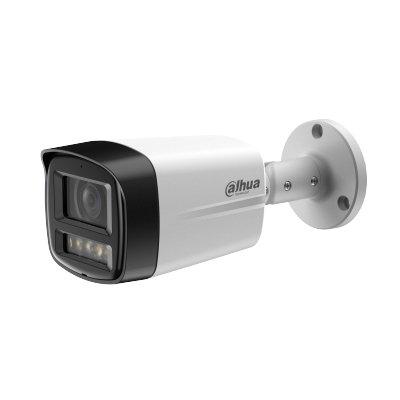 |
| The intrusion products’ marketing to residential sector has caused the U.S. market to reach heights of $500 million per year |
The U.S. market for intruder alarm equipment, which makes up 40 percent of the global market, reached $1.1 billion dollars last year. Numerous attempts have been made all over the world to replicate this success, ranging from home management to do-it-yourself (DIY) “bells and whistles” systems. This article will provide an overview of the current state of the American market whilst also highlighting a few of the bright spots for growth.
The intruder alarm equipment industry has traditionally been driven by the following two forces:
- Local legislation or by insurance provider requirement that business owners install intrusion systems.
- Residential consumers who purchased an intrusion system from a local dealer.
The first is fairly common, regardless of geographical location. Insurance companies have calculated that intrusion systems decrease the number of burglaries, which would cost the insurance company money. As a result they are happy to offer incentives to customers, including discounts on their premiums. However the second factor is unique to North America – with the exception of Australia. In fact according to the latest IHS Intruder Alarms Report, aggressive marketing of intrusion products to the residential sector has caused the U.S. residential market to reach heights of $500 million per year - comparable to the value of the entire residential market in Europe – a level that is almost unimaginable in other countries.
A standard, fully wired system with a few basic sensors satisfies legislator and insurance provider demands for the commercial sector, while a smaller system is affordable enough to sell to individual homeowners. The foundation of the industry, in terms of equipment sales, has always been one hybrid control panel per installation, one wired keypad installed at the entrance of the building and a few motion sensors scattered around the premises.
Recent developments
Recent developments might threaten the industry’s tranquil low-single-digit growth, however. An influx of new companies has flooded the residential market with new product offerings that emphasise the importance of additional end-user functionality and usability. For example, consumers can now use their smartphones to log into the camera installed at the front door to check to see if their kids got home from school on time or arm and disarm their alarm systems using a touch-screen interface on the wall. These advances are a far cry from the traditional beige box that users hid in their basement whilst trying to forget that they lived in an area that deemed dangerous enough to pay $40 a month to protect users from.
New home security offerings
Comcast, Time-Warner, AT&T and other large multi-system operators (MSOs) have also entered the market, selling their own home security offerings to their expansive customer bases, while launching huge advertising campaigns to raise consumer awareness and drive up the overall residential penetration rate. It is not just the residential market that is opting for the increased functionality, however. Earlier this year ADT announced that 49 percent of new small-business and commercial customers were opting for the company’s Pulse system that offers both remote interactive services and video surveillance capabilities.
The sale of products manufactured for these services, including self-contained wireless panels, wireless PIR detectors and magnetic contacts, are forecast to grow at a rate of 7 percent to 9 percent per year, over the next five years. That growth is in stark contrast to their wired counterparts languishing at rates of 2 percent to 4 percent.
The next big thing
Looking further ahead, the rise of building automation will continue to be a recurrent theme in the residential sector. If users head down to a security tradeshow any time soon, they will find a wide variety of manufacturers touting their new garage-door opener as “the next big thing,” but this is just the tip of the iceberg. One of the main problems that salesmen currently face when attempting to get the commercial sector to buy their products is that there is no tangible return on investment (ROI) – the value of not being burgled cannot be quantified, because there are too many unknowns. It is therefore very common for businesses to purchase the minimum equipment required to meet legislative and insurance requirements and call it a day; however, if a manufacturer could successfully integrate their intrusion system with a building management system – and offer ROI in the form of energy savings or workflow management efficiencies at a competitive price – they could very well go on to become “the next big thing.”
Unfortunately the current options available to business owners are also too polarised. On one side users have something like the ADT Pulse business package, offering a few additional video cameras and maybe a thermostat to integrate into their intrusion systems. At prices starting at $99, it is extremely affordable, but it falls short of being able to provide companies with any significant ROI. At the other end of the scale, users have something like the Havel building automation system, which provides complete control over every aspect of a property - from intrusion to HVAC to lighting control systems - but this system is expensive, which means only very large facilities can realise the savings necessary to justify the cost. Currently there is a complete lack of mid-range products that are affordable and functional enough for mass-market appeal and adoption. This is a gaping hole in the market that will surely be filled sometime in the near future – but the company that will be first to market such a solution remains a mystery.


















